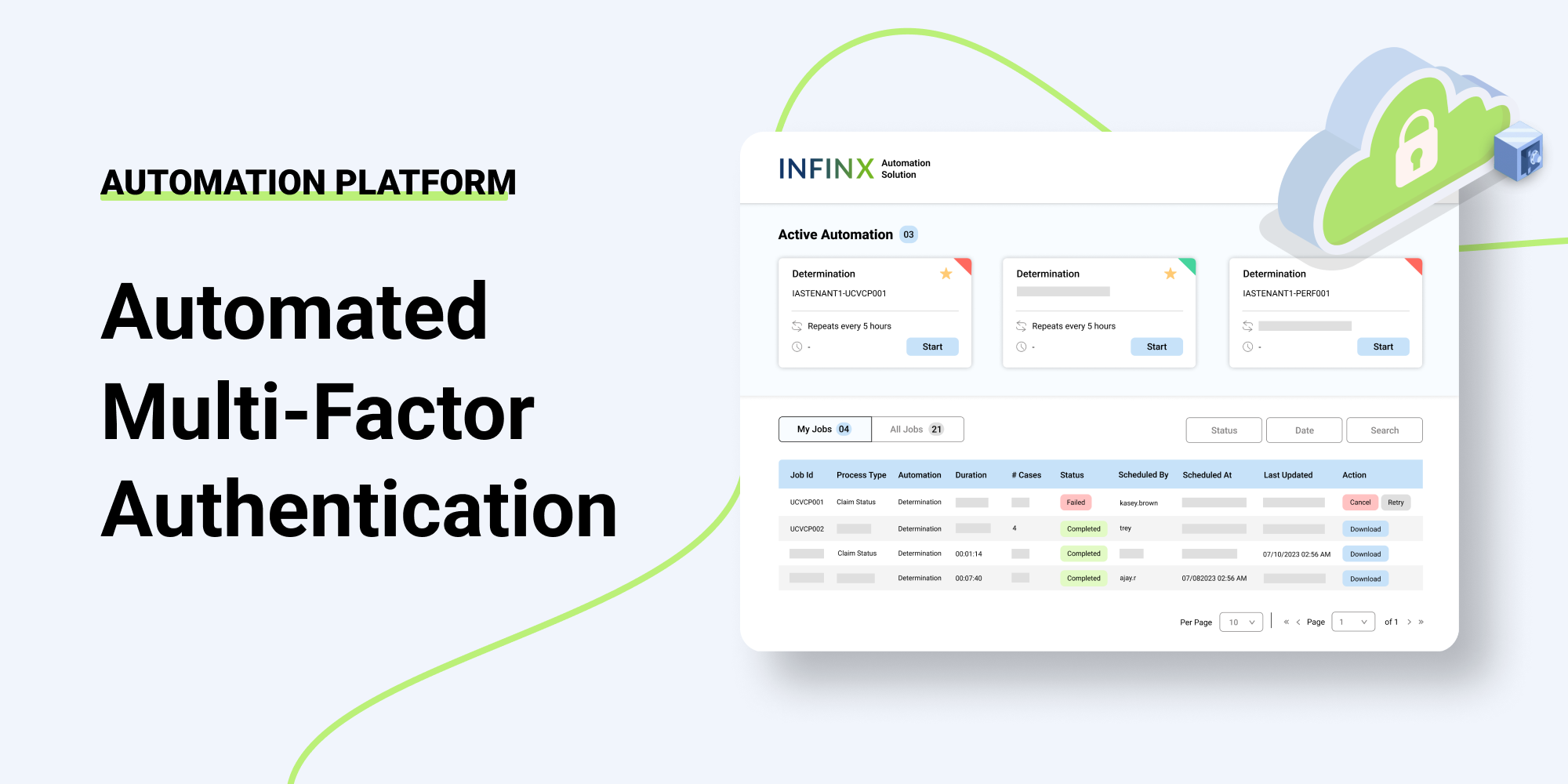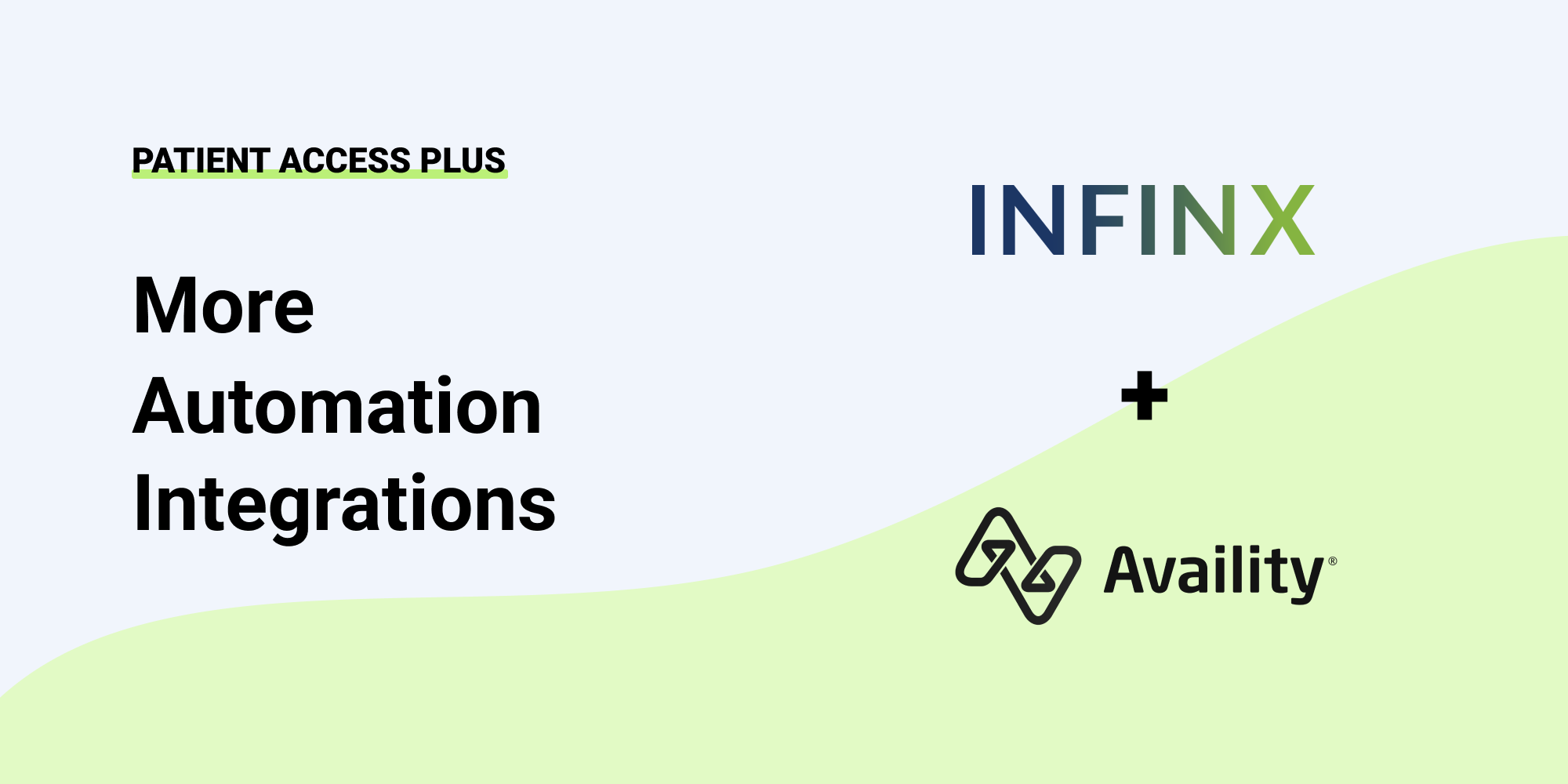In the financially difficult times, we find ourselves today, hospitals need to stay in the black and capitalize on every opportunity to identify and capture all revenue earned. This means improving overall business operations to ensure that all money is being collected before services are performed.
But what happens once every reasonable effort has been made to collect money owed, but there are still amounts due?
Those accounts have been sent to collections agencies for years, and the revenue was written off as bad debt. What if instead the hidden revenue, waiting to be captured on the back end, was accessed through an insurance discovery support system that could identify, resubmit, and collect on that revenue?
Where Insurance Discovery Support is Most Effective
By targeting a strategy that includes insurance discovery for uncollectible accounts, hospitals could glean additional money that can total in the millions depending on the size of the healthcare system. Bringing an AI-driven process to bear that could scour insurance clearinghouses and databases uncovers undisclosed coverage that often is a surprise even to the patient.
Developing a cohesive recovery plan is the first step in realizing the benefits of insurance discovery for uncollectible revenue by focusing on these three areas:
Self-Pay and Charitable Care
With High Deductible Health Plans (HDHP) continuing to grow and many people at risk of being knocked off of insurance rolls due to the COVID-19 pandemic, industry leaders warn of a growing self-pay problem with people being unable to pay their medical bills. A recent survey conducted by The Commonwealth Fund notes that 79 million Americans are struggling with paying their medical bills or debt, a number sure to grow over the next year.
As increasing revenue falls to the self-pay and charitable care categories, it’s important to remember that up to 5% of uncollectible self-pay accounts actually have billable insurance coverage and perhaps much more. Using a supporting Insurance Discovery Solution, these self-pay accounts can be collected with the revenue flowing directly to the bottom-line.
Medicaid and Medicare
According to Moody’s, Medicare and Medicaid, on average, account for 45.6% and 15.5% of hospital revenue, respectively; numbers likely to edge upward as the U.S. population ages. And with the Affordable Care Act (ACA), over 20 million people have taken advantage of Medicaid plans in states that have expanded their programs.
With the ACA came changes to how patients can be enrolled in both government programs, and this dual eligibility is not always something that is disclosed (often through no fault of the patient). By employing a robust insurance discovery process, dual coverage can be isolated and correctly billed, bringing in additional revenue that previously would have been written off.
Coordination of Benefits Through Commercial Insurers
It’s not unusual for patients to have more than one insurance plan. This is often the case with children when both parents have coverage through their employer-sponsored plan. However, this secondary coverage isn’t always divulged or understood. It can be tracked through an insurance discovery program that allows the hospital to collect the revenue and strengthen the patient relationship by educating them on their coverage and options.
While the simple, straight forward answer in insurance discovery is to focus on self-pay patient accounts, as evidenced above, there are nuances to coverage that represent several avenues that can be explored. An AI-driven Insurance Discovery Solution can identify each of these types of coverages, update demographic and insurance benefit information and resubmit claims for the ultimate collection.
Contact us to learn more about our Insurance Discovery Solution and how it can improve your bottom-line.


